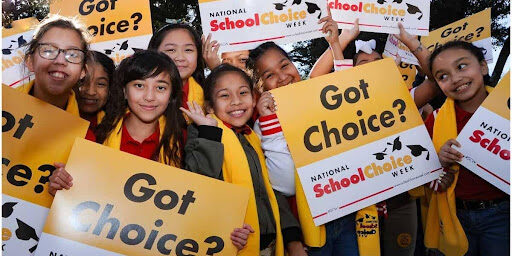The Wisconsin Department of Public Instruction (DPI) last week released its annual statewide testing results, and once again, students in private school choice programs outperformed their public school peers across multiple measures.
Continuing a pattern dating back to the late 2010s, students in the Milwaukee Parental Choice Program (MPCP) and Racine Parental Choice Program (RPCP) scored higher on average than their counterparts in Milwaukee Public Schools (MPS) and the Racine Unified School District (RUSD). Statewide, low-income students enrolled in the Wisconsin Parental Choice Program (WPCP) also posted stronger results than economically disadvantaged students in traditional public schools.
On the ACT, which measures college readiness, the differences were clear. Milwaukee choice students recorded an average composite score of 16.9, compared to 15.8 for MPS students. Racine choice students also posted a 16.9 composite, outscoring RUSD at 16.1. Meanwhile, WPCP students averaged 20.2, well above the statewide average for low-income public students at 16.7. In subject-level comparisons, choice students consistently led in English, math, and science scores.

Forward and PreACT testing reinforced the same trend. At nearly every grade level, choice students in all three programs exceeded public school averages in both English Language Arts and math. For example, 57.2 percent of WPCP juniors met or exceeded standards on the ACT in English, compared to 31.1 percent statewide. In math, nearly half of WPCP juniors reached proficiency, more than double the public school average. (RELATED: State Senator Accuses Milwaukee of Repurposing Funds for Police for Raises Elsewhere)

These results build on a recent School Choice Wisconsin analysis that found private choice schools deliver better outcomes at a lower taxpayer cost. That report concluded that school choice is the state’s most cost-effective investment, with higher productivity per student than public schools.
Supporters argue that the new data highlight how parental choice in education benefits students across Wisconsin, particularly those from low-income families. With debate over school funding and accountability continuing in Madison, the fresh test results are likely to add momentum for advocates pressing to expand access to private choice programs statewide. (RELATED: Beloved Milwaukee Museum Faces “Cultural Competency” Purge Amid Public Transparency Questions)

